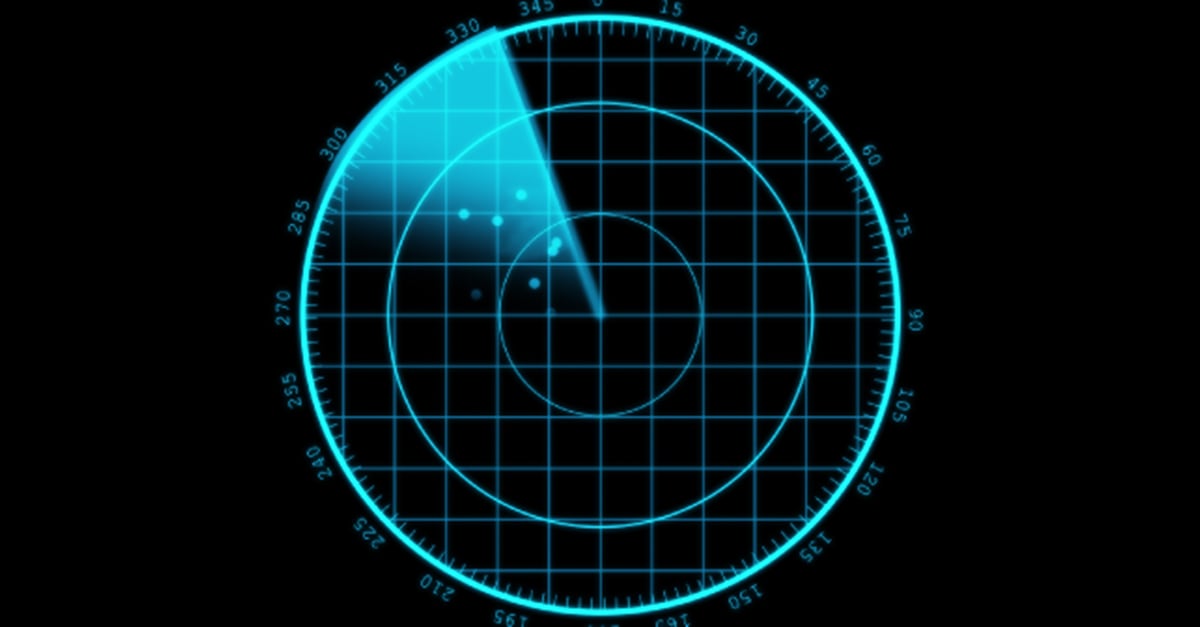Understanding IFRS and US GAAP has been saved

Perspectives
Understanding IFRS and US GAAP
On the Radar: Comparing IFRS accounting standards and US GAAP: Bridging the differences
US GAAP and IFRS Accounting standards share many similarities. However, there are important differences to be aware of when GAAP-using entities are consolidating, reporting to, or negotiating with IFRS-using entities. This roadmap provides a comparison of IFRS and US GAAP—two of the most widely used accounting standards in the world—and the most significant ways they diverge.

On the Radar series
High-level summaries of emerging issues and trends related to the accounting and financial reporting topics addressed in our Roadmap series, bringing the latest developments into focus.
IFRS and US GAAP: Learn the differences
Although US GAAP and IFRS® Accounting standards are built on largely similar concepts and often lead to similar accounting outcomes, there are many differences in the specific accounting requirements. Therefore, it can be difficult to directly compare financial statements that have been prepared under these different standards. Accordingly, professionals need to be mindful of the differences between US GAAP and IFRS Accounting standards when preparing, aggregating, consolidating, comparing, or interpreting financial information that involves both sets of accounting standards. For example, knowledge of such differences may be important when:
- US entities negotiate transaction terms with entities that report under IFRS Accounting standards (and vice versa).
- US entities acquire entities that report under IFRS Accounting standards (and vice versa).
- US entities consolidate subsidiaries or other foreign operations that report under IFRS Accounting standards (and vice versa).
- US entities raise capital in foreign markets (or vice versa).
- US entities provide financial statement information to a parent entity or other investors that report under IFRS Accounting standards (and vice versa).
- Entities transition from IFRS Accounting standards to US GAAP (or vice versa).
- Practitioners seek to compare financial statement information prepared under US GAAP and IFRS Accounting standards.
Navigating the divide
Continue your IFRS Accounting standards and US GAAP learning
Deloitte’s Roadmap Comparing IFRS Accounting standards and US GAAP: Bridging the differences provides an overview of key differences between IFRS Accounting standards and US GAAP. Entities should also consider other Deloitte roadmaps, which contain more detailed descriptions of the differences between the two standards on specific financial reporting topics.

Subscribe to the Deloitte Roadmap Series
The Roadmap series provides comprehensive, easy-to-understand guides on applying FASB and SEC accounting and financial reporting requirements.
Explore the Roadmap library in the Deloitte Accounting Research Tool (DART), and subscribe to receive new publications via email.
Let's talk!
Learn more about this topic
 |
Magnus Orrell |
 |
Ignacio Perez |
Recommendations
A guide to consolidation accounting
On the Radar: Identifying a controlling financial interest
Distinguishing liabilities from equity
On the Radar: Financial reporting impacts of ASC 480





